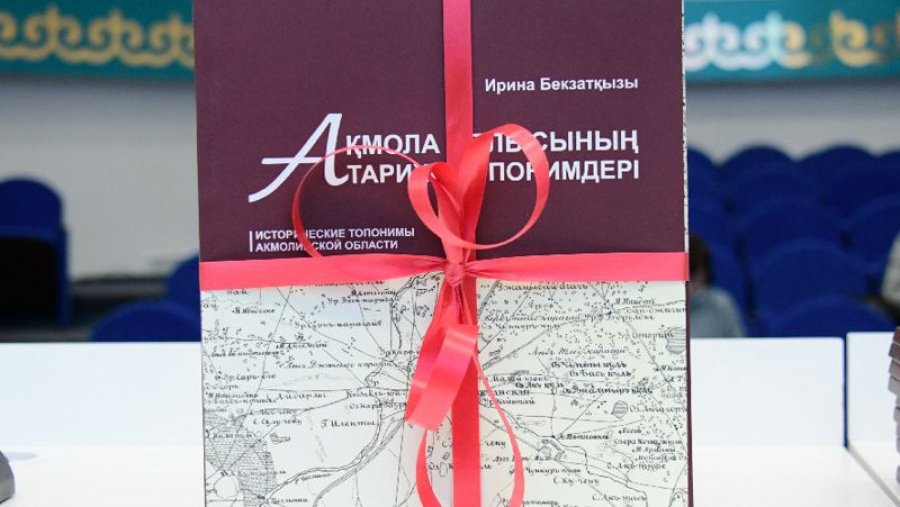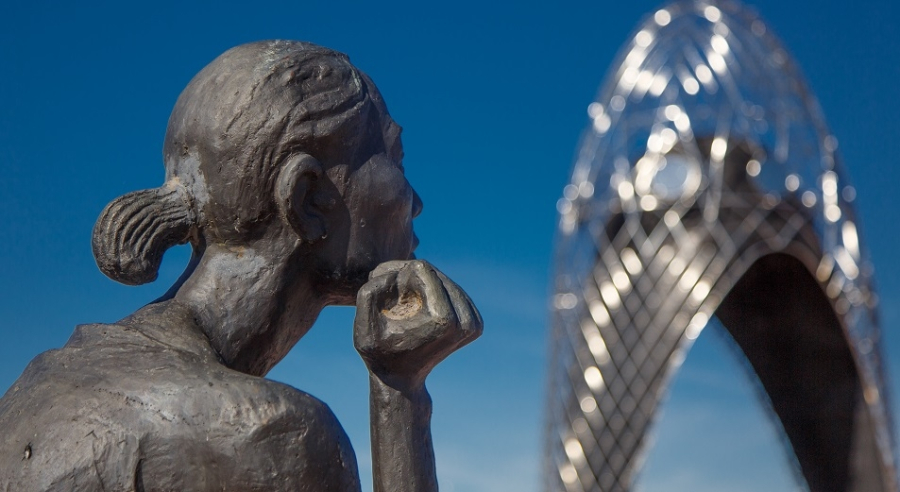Ancient relics of Sarmatian era found near Aktobe
Near Aktobe, archaeologists found a unique burial of the Sarmatian era – a mound, where several burials date back to approximately 6-5th century BC. In total, they found nine grave pits, the remains of 20 people and many household items of ancient people inside them. These are jewelry made of gold and bronze, horse equipment, as well as swords and daggers.
“These items show that bronze casting was very well developed on the territory of western Kazakhstan. Bronze arrowheads were found here. They are quite different. There are also short swords, we call them daggers or akinaks, long swords that speak of the development of military affairs. Also, stone altars were found there. Their legs were made in the form of the heads of a wild boar, wolf, and so on. This also shows that stone-cutting art has reached a high level on the territory of western Kazakhstan,” said Aslan Mamedov, Chief Researcher, Museum of Local History, Aktobe region.
The tribal burial was made in the form of the sun. Archaeologists have already concluded that warriors and influential people of the Sarmatian era were buried here.
“We have already found out from written sources that the Sarmatian tribes lived in this region in the middle of the 6th century BC. The burial has up to five items. Now we are studying them in laboratories, cleaning and putting an inventory number,” said Meiram Duisengali, director, Museum of Local History, Aktobe region.
There are five more mounds around the necropolis, where unique exhibits were found. Researchers will study them next year.
Translation by Saniya Sakenova
Editing by Saule Mukhamejanova









